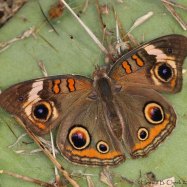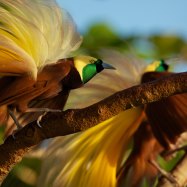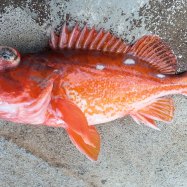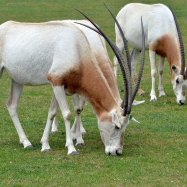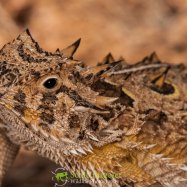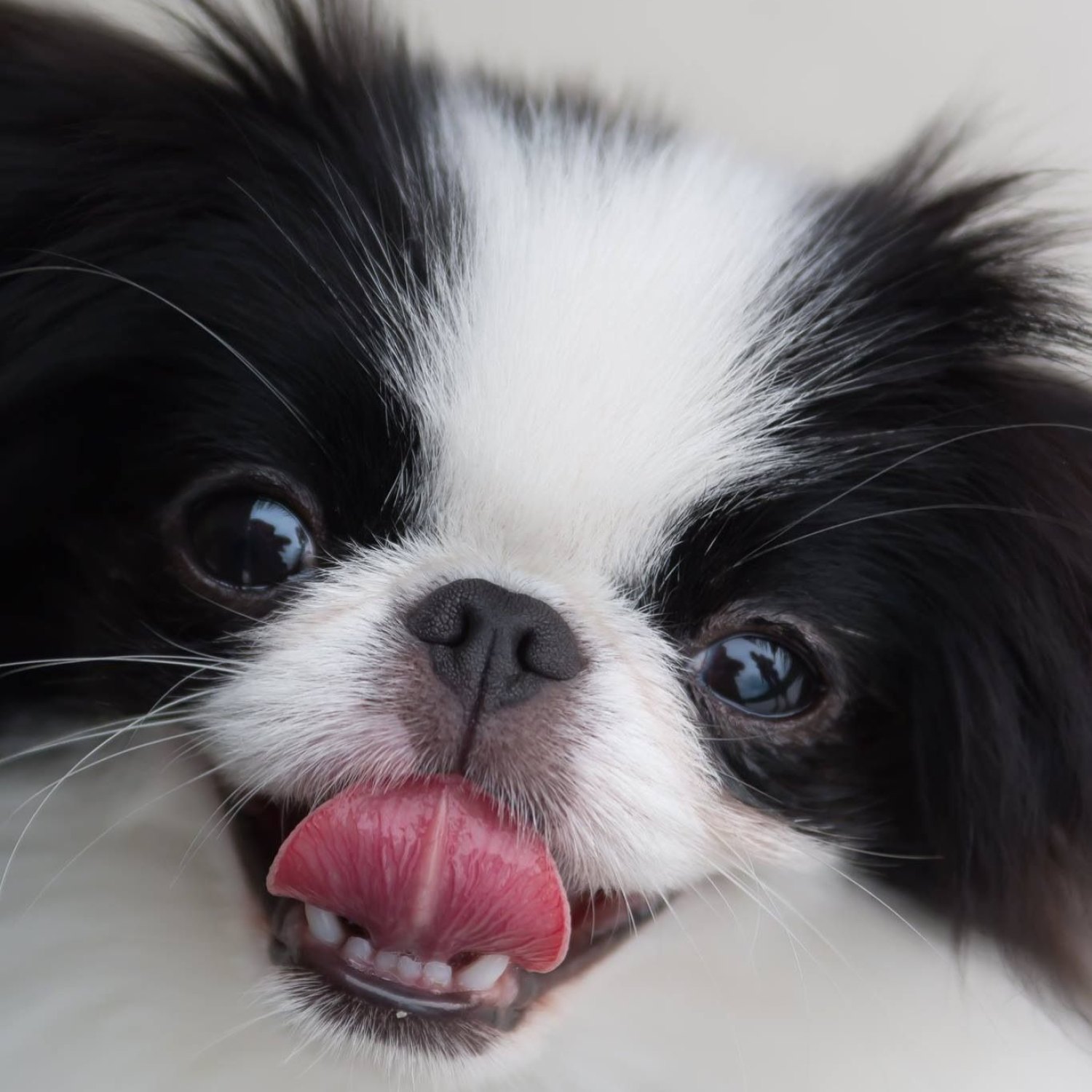
Japanese Chin
8-11 inches
The Japanese Chin is a beloved small breed known for its adorable looks and loveable personality. Standing at 8-11 inches, it's the perfect lap dog for urban and suburban areas. As part of the Canidae family, these compact dogs make great companions for any family. #JapaneseChin #Canidae #smallbreeds
Animal Details Summary:
Common Name: Japanese Chin
Kingdom: Animalia
Habitat: Domesticated
The Unique and Fascinating World of the Japanese Chin
The world is full of diverse and beautiful creatures, each with its unique characteristics and behaviors. Among them is a little-known breed of dogs, the Japanese Chin. Despite its name, the Japanese Chin is not a variation of the Chinese dog breed, but it has a rich history and distinctive features that have captured the hearts of many dog lovers worldwide.The Japanese Chin, also known as the Japanese Spaniel or the Japanese Pug, is a small and elegant dog that belongs to the Canidae family Japanese Chin. Its scientific name is Canis lupus familiaris, and it is widely loved for its charming personality, compact size, and striking appearance. In this article, we will delve deeper into the fascinating world of the Japanese Chin and discover what sets them apart from other dog breeds.
History and Origin
As the name suggests, the Japanese Chin originated from Japan and is believed to have been bred from a cross between the Tibetan Spaniel and the small breeds of Japanese dogs. At the beginning of the ninth century, Japanese nobles and rulers regarded these dogs as highly valuable and were often gifted to visiting foreign dignitaries. However, they were not introduced to the western world until the 1850s when Commodore Perry brought them to the United States as a gift for President Franklin Pierce.Initially, the Japanese Chin was considered a symbol of luxury and nobility, and it was not until the early 1900s when it was introduced as a pet to the general public. It quickly gained popularity due to its affectionate and gentle nature, and today, it is a popular breed kept in households worldwide.
Appearance and Physical Characteristics
The Japanese Chin has a compact and square-shaped body that can grow up to 11 inches in length and weigh between 7-12 pounds. It has a delicate and refined body structure, making them appear elegant and graceful Japanese Macaque. Their most striking feature is their large, dark, round eyes that give them a curious and alert expression.One of the most distinguishing features of the Japanese Chin is its beautiful, silky coat, which comes in a variety of colors. These can range from pure white to black, red, or cream with splashes of other colors such as tan and sable. Their coat is long and straight, and it requires regular grooming to keep it healthy and tangle-free.
Another unique physical characteristic of the Japanese Chin is its butterfly-shaped ears that flop down to frame its tiny, cute face. It also has a short, broad muzzle and a small black nose, which adds to its innocent and endearing appearance.
Behavior and Temperament
The Japanese Chin is a breed known for its affectionate and loving nature, making them a great companion and therapy dog. They thrive on human interaction and are highly social, which makes them easily adaptable to different households and surroundings. They also have a gentle and laid-back demeanor, making them suitable for families with children and other pets.Though they are small and delicate, Japanese Chins possess a bold and confident personality. They are curious and quite talkative, often making small chirping sounds that are said to resemble a bird. They are also known for their playful and energetic nature, and they enjoy playing games and learning new tricks.
Habitat and Geographical Distribution
The Japanese Chin is a domesticated breed, and it is commonly found in urban and suburban areas. It is not suitable for outdoor living and does not handle extreme temperatures well, so they thrive in homes with a moderate climate. Though they originated from Japan, this breed is now found worldwide and has gained popularity in countries such as the United States, Canada, and the United Kingdom.Feeding and Care
Being a small breed, the Japanese Chin has a relatively small appetite, and they require a high-quality diet that is rich in nutrients. As an omnivorous animal, their diet should consist of a mix of both meat and plant-based foods. Proper care should also be taken to avoid overfeeding them, as they are prone to obesity if not closely monitored.In terms of grooming, the Japanese Chin requires regular brushing to keep its coat healthy and manageable. They shed moderately throughout the year, but they undergo a more significant shedding period in the spring and fall. This may require more frequent grooming during these times to keep their coat clean and prevent tangles.
Intelligence and Trainability
The Japanese Chin is a highly intelligent breed with a strong desire to please its owners. This makes them easy to train, and they excel in activities such as obedience, agility, and rally. They respond well to positive reinforcement techniques such as treats and praise, and they enjoy learning new tricks.However, as with all breeds, early socialization and training are crucial for the Japanese Chin to develop into well-behaved and well-mannered dogs. They can be sensitive to harsh training methods, and owners should use patience, consistency, and positive reinforcement to achieve the best results.
Interesting Facts about the Japanese Chin
- The Japanese Chin is also known as the "Aka-Tora," which translates to "red tiger" in Japanese, referring to its red and white coat color.
- In Japan, the Japanese Chin was considered a sacred breed, and it was believed that they had the power to drive away evil spirits.
- The Japanese Chin is a great jumper and has been known to jump up to five times its height.
- The Japanese Chin belongs to the toy group of dogs and is often confused with the King Charles Spaniel, which also has a similar appearance.
- The Japanese Chin is used as a mascot for the Japanese-based electronics company, Hitachi, and has been featured in many of their commercials.
Final Thoughts
The Japanese Chin may not be as well-known as other dog breeds, but it is a breed that deserves recognition for its unique and captivating characteristics. From its rich history to its affectionate nature and charming appearance, this little dog has captured the hearts of many and continues to bring joy to households all around the world. If you are considering bringing a Japanese Chin into your family, be prepared to fall in love with its delightful personality and be forever charmed by its endearing looks.

Japanese Chin
Animal Details Japanese Chin - Scientific Name: Canis lupus familiaris
- Category: Animals J
- Scientific Name: Canis lupus familiaris
- Common Name: Japanese Chin
- Kingdom: Animalia
- Phylum: Chordata
- Class: Mammalia
- Order: Carnivora
- Family: Canidae
- Habitat: Domesticated
- Feeding Method: Omnivorous
- Geographical Distribution: Worldwide
- Country of Origin: Japan
- Location: Urban and suburban areas
- Animal Coloration: Various colors including white, black, red, and cream
- Body Shape: Small and compact
- Length: 8-11 inches

Japanese Chin
- Adult Size: 8-11 inches in height and 7-10 pounds in weight
- Average Lifespan: 10-12 years
- Reproduction: Sexual
- Reproductive Behavior: Polygamous
- Sound or Call: Barking and growling
- Migration Pattern: Non-migratory
- Social Groups: Pack
- Behavior: Friendly, playful, and affectionate
- Threats: None in domesticated populations
- Conservation Status: Not applicable
- Impact on Ecosystem: None in domesticated populations
- Human Use: Companion animal
- Distinctive Features: Large round eyes and a flat face
- Interesting Facts: The Japanese Chin is also known as the Japanese Spaniel.
- Predator: None in domesticated populations
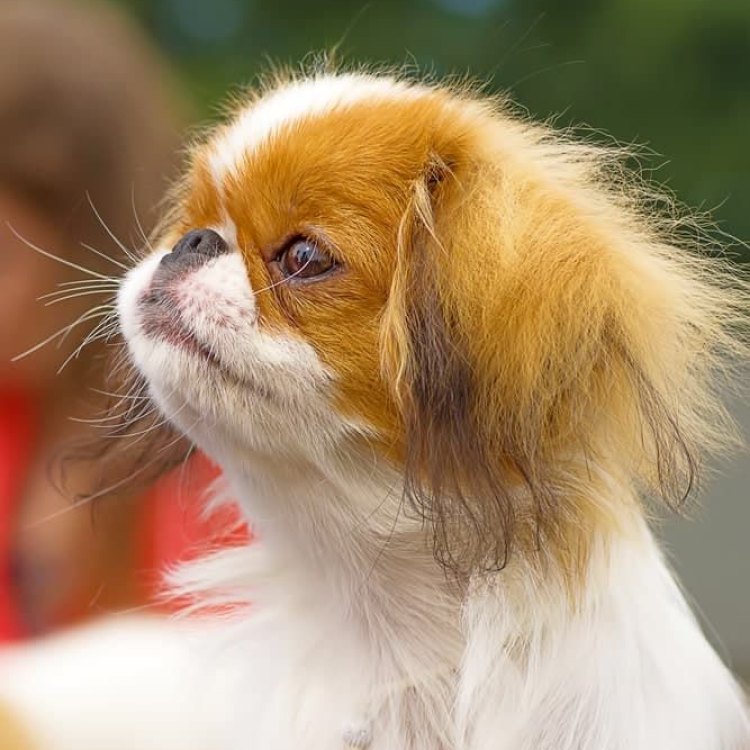
Canis lupus familiaris
The Japanese Chin: A Unique and Beloved Companion
The Japanese Chin, also known as the Japanese Spaniel, is a small and elegant breed that has captured the hearts of dog lovers for centuries. Despite its name, this breed actually originated in China and was later introduced to Japan where it became a favorite of the Japanese imperial court. Today, the Japanese Chin is a popular companion animal all over the world, known for its distinctive features and friendly nature.Adult Japanese Chins are typically between 8-11 inches in height and weigh between 7-10 pounds, making them the perfect size to cuddle in your lap PeaceOfAnimals.Com. They have a lifespan of 10-12 years, allowing for many years of love and companionship with their owners. There are few dogs that can rival the unique and endearing characteristics of the Japanese Chin.
Reproduction in Japanese Chins is sexual, meaning that they require a male and female to breed. Moreover, they are polygamous, meaning that one male may mate with multiple females. This reproductive behavior is common among many animals, including dogs, as it allows for genetic diversity and helps to ensure the survival of the species.
When it comes to vocalizations, Japanese Chins are known for their barking and growling sounds. They have a wide range of vocal expressions and can quickly vocalize their emotions, making them great communicators. Japanese Chins are also alert and will often bark to alert their owners of any potential threats or visitors.
Unlike some other dog breeds that have strong instincts for migration, Japanese Chins are non-migratory Josephoartigasia Monesi. This means that they do not have a natural inclination to move from one location to another. This behavior is due to their long history as companion animals, where they have been bred to stay close to their owners and homes.
Japanese Chins are social animals and typically live in packs. They are friendly, playful, and affectionate, making them great family pets and companions for people of all ages. They are comfortable with both humans and other animals, which makes them a great addition to households with other pets.
One of the most unique and distinctive features of the Japanese Chin is its large, round eyes and flat face. Their eyes are dark, expressive, and full of curiosity. They are also known for their luxurious and silky coats, which come in a variety of colors including red and white, black and white, and tri-colored.
Despite their small size, Japanese Chins are not afraid to show off their playful and mischievous side. They are intelligent and have a strong desire to please, making them highly trainable. However, they can also be stubborn at times, and require consistent and gentle training techniques to bring out their best behavior.
In the wild, many animals face various threats, either from predators or loss of habitat. However, in domesticated populations, the Japanese Chin faces no significant threats. Due to their small size and docile nature, they are not seen as a threat by other animals and are not prone to becoming prey. Moreover, their domestication and long history as a companion animal mean that they have no natural enemies.
The conservation status of the Japanese Chin is not applicable as they are not a wild or endangered species. However, as with any pet, it is important to ensure responsible breeding practices and proper care to maintain the health and well-being of these beloved companions.
In terms of their impact on the ecosystem, Japanese Chins have no significant effect. They are not considered as a threat to any other species, and their small size means that they have minimal impact on their environment. As long as they are properly cared for and their population is controlled, they can coexist with other animals and have a minimal impact on the ecosystem.
Humans have long used Japanese Chins as companion animals, and for good reason. Their friendly nature, playful demeanor, and affectionate personality make them perfect for people looking for a loving and devoted pet. Over the years, they have become more popular as a family pet, as well as a therapy and emotional support animal.
In conclusion, the Japanese Chin is truly a unique and beloved companion. Their small size, distinctive features, and friendly demeanor make them stand out in any crowd. With proper care and training, they make excellent pets for individuals, couples, and families alike. Consider opening your heart and home to a Japanese Chin and experience the joy and love that they bring to their human companions.

The Unique and Fascinating World of the Japanese Chin
Disclaimer: The content provided is for informational purposes only. We cannot guarantee the accuracy of the information on this page 100%. All information provided here may change without prior notice.

